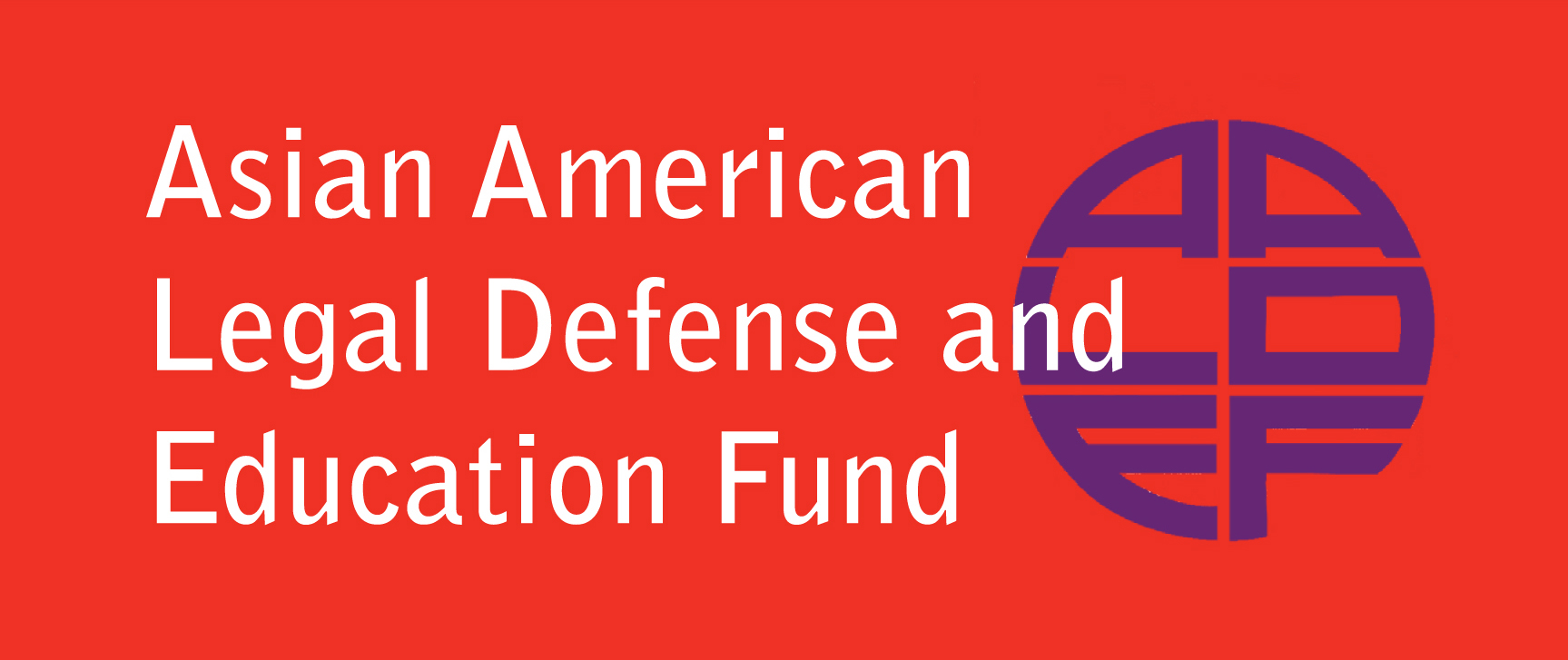Press Release
First Multi-City Chinatown Land-Use Study Shows Asian Americans Displaced from East Coast Chinatowns
Philadelphia, Boston, and New York City Chinatowns Under Threat

Today, the Asian American Legal Defense and Education Fund (AALDEF) held a briefing webinar to launch its new report on the dramatic gentrification of Chinatowns in Boston, New York City, and Philadelphia in the past three decades. The report, Chinatown Then and Now, contains some of the first-ever land-use data collected on the three largest Chinatowns on the East Coast.
“Chinatowns have provided the city’s immigrants with support networks and affordable housing for over a century,” said Bethany Li, staff attorney at AALDEF. “Gentrification and ongoing redevelopment projects, however, threaten to destroy the sustainability of these once-thriving immigrant communities.”
AALDEF, in collaboration with community partners, academic institutions, and hundreds of volunteers, spent a year recording data, block-by-block and lot-by-lot, in order to document the existing land uses in the three Chinatowns. This first of its kind report reveals current commercial, residential, and industrial patterns in Chinatowns that shed light on the importance of these neighborhoods to immigrant communities and highlight spaces of particular vulnerability to gentrification.
The white population in Chinatown has increased faster than the overall population in the three cities, especially over the last decade, with the number of white residents doubling in Boston and Philadelphia. Family households have also decreased dramatically in Chinatowns, from 73% to 47% in Boston, 82% to 73% in New York, and 61% to 49% in Philadelphia, which is a key indicator of gentrification.
“This report is a sound warning to all of us that Chinatowns are turning into a sanitized ethnic playground for the rich to satisfy their exotic appetite for a dim sum and fortune cookie fix,” said Andrew Leong, J.D., Associate Professor, College of Public and Community Service, University of Massachusetts/Boston. “We must fight for the preservation of a vibrant, living Chinatown that serves the residential and small business needs of working class immigrants.”
In all three Chinatowns, government policies have accelerated gentrification in unique ways. In New York City, Mayor Bloomberg’s 12-year term marked an era of high redevelopment, including massive rezoning changes and the designation of Chinatown as a Business Improvement District (BID). The land use study shows the “high-end” retail stores dotting Chinatown boundaries are now heading towards more traditional parts of the area. Moreover, relaxed rent regulation laws have enabled land-owners to illegally evict low-income tenants in favor of those who can afford the higher rent.
In Philadelphia, luxury development continues despite the need for affordable housing and green space. Philadelphia’s Chinatown has the least amount of green space of any of the three areas surveyed.
In Boston, institutional development has shaped Chinatown more significantly than in other cities, as the land use data shows that many of the parcels are devoted to large institutional uses (Tuft University Medical Center, Emerson College, and Suffolk University) that have not added resources for Asian immigrants living and working in the neighborhood. Boston’s Chinatown is now also vulnerable to planned luxury development.
“The gentrification that threatens to transform these areas is not just the natural result of market forces or the general evolution of these cities,” said Li. “They are a very direct result of local policies of neglect, demolition, and redevelopment that local governments have perpetuated for decades. The uproar over the construction of a Walmart in Los Angeles Chinatown should serve as a warning to everyone who is concerned with the survival of Chinatowns on the East Coast.”
View the livestream of the webinar »
Contact:
Ujala Sehgal
212.966.5932 x217
usehgal@aaldef.org
Acknowledgements:
This data was collected with the assistance of AALDEF’s community partners including Chinese Progressive Association and Boston Chinatown Neighborhood Center in Boston, the Coalition to Protect Chinatown and the Lower East Side in New York, and Asian Americans United in Philadelphia. The University of Pennsylvania’s City and Urban Studies Department provided technical assistance on mapping and data analysis.
